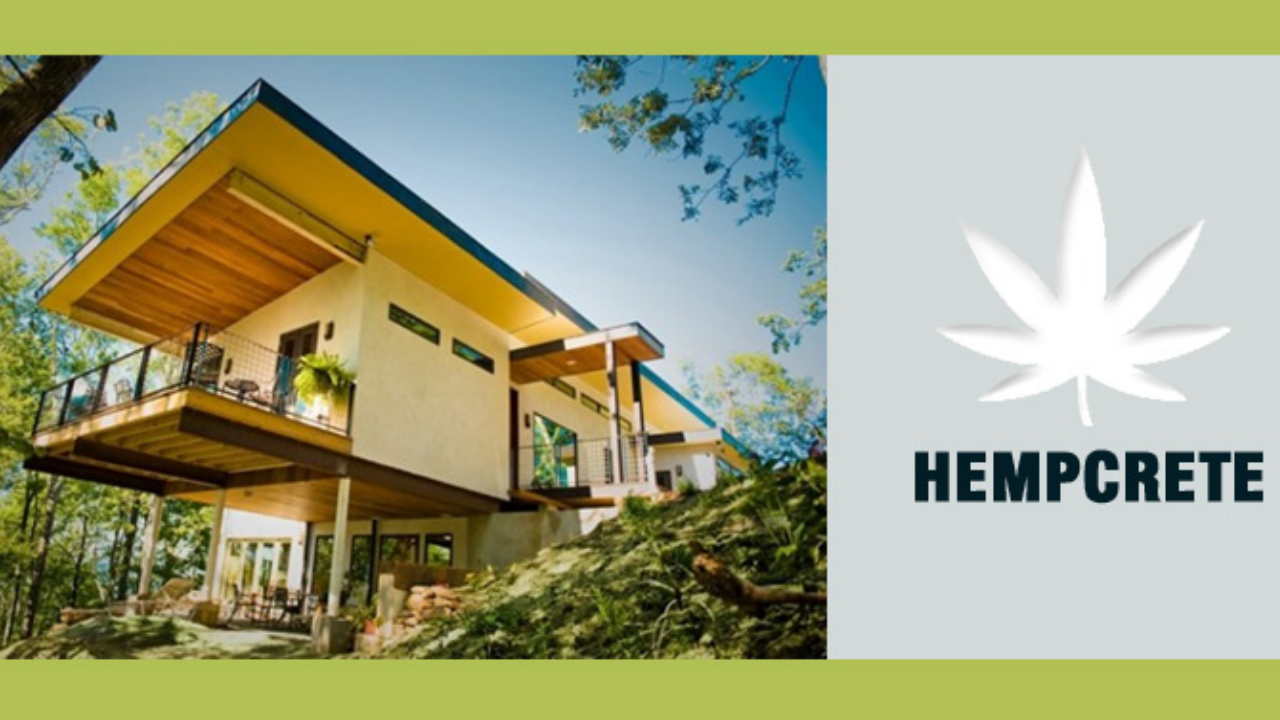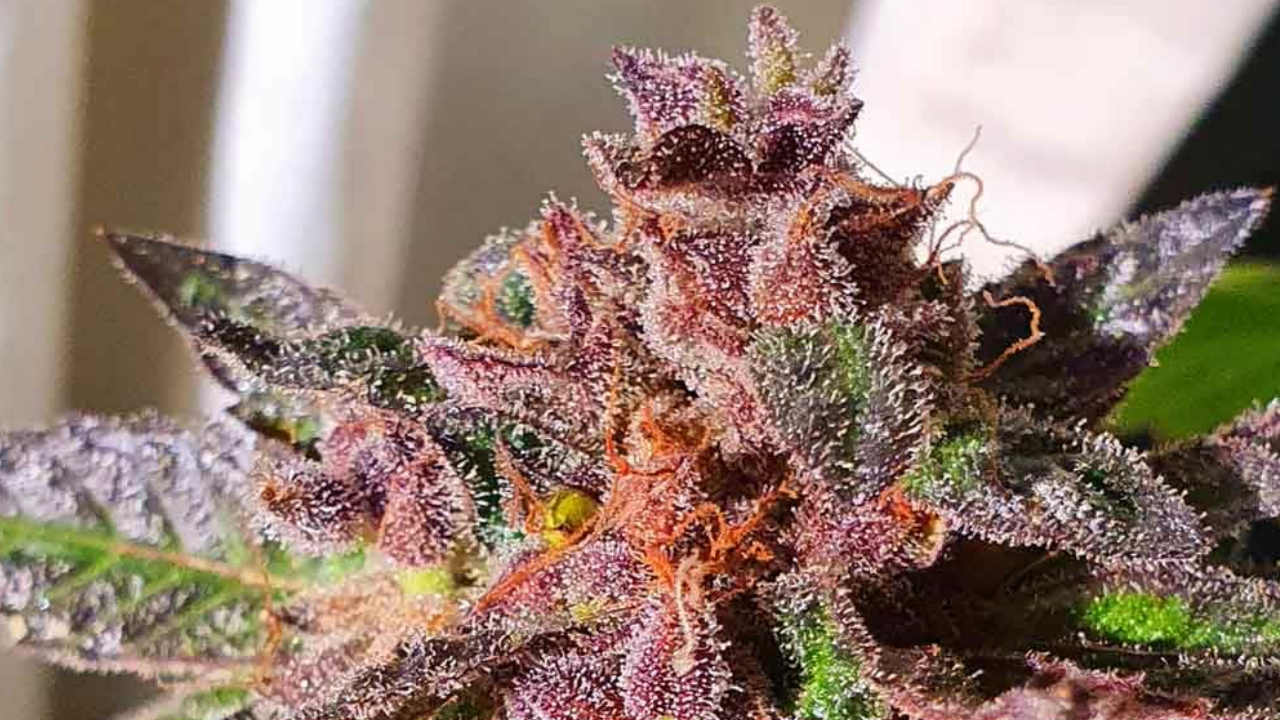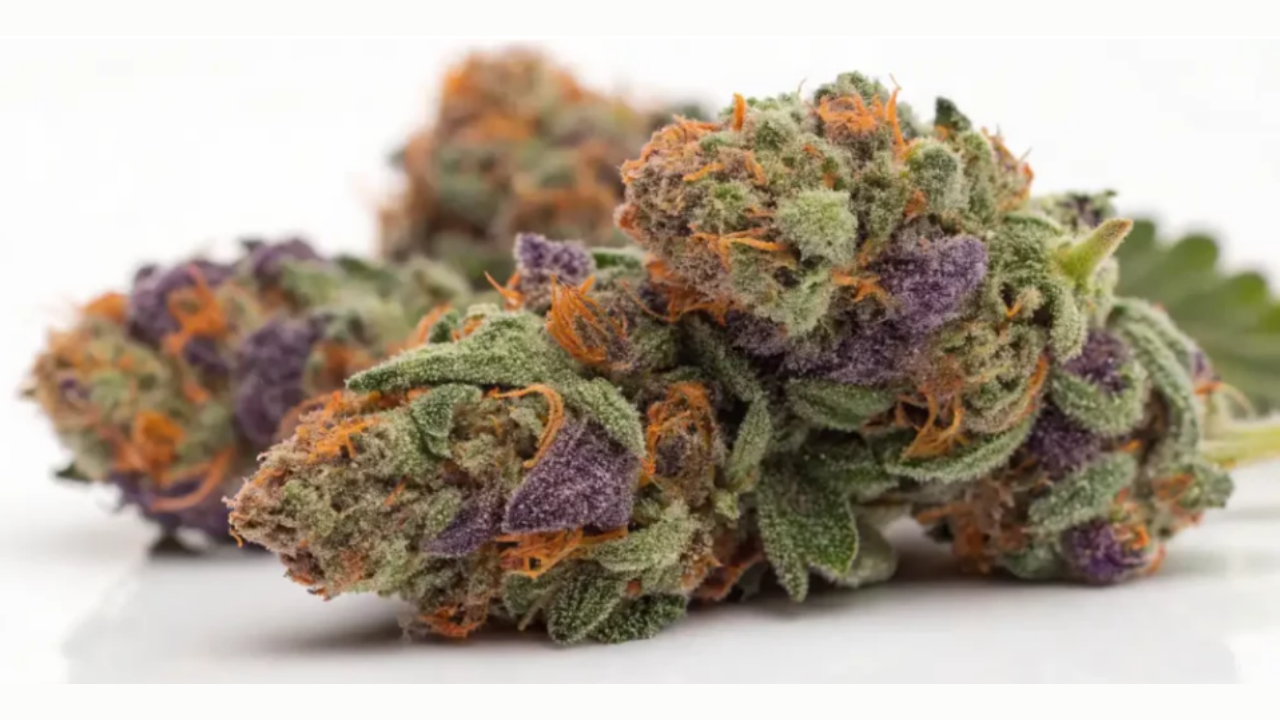The Superiority of Cannabis Building Materials.
In recent years, cannabis-based building materials have gained significant attention as a sustainable, durable, and eco-friendly alternative to conventional construction materials. With growing concerns over the environmental impact of traditional building practices, cannabis-derived products such as hempcrete, hemp insulation, and hemp wood are emerging as viable solutions. These materials offer superior properties, including enhanced durability, thermal efficiency, and sustainability, making them a compelling alternative to commonly used materials like concrete, fiberglass, and lumber.
1. The Environmental Benefits of Cannabis-Based Building Materials
One of the most significant advantages of cannabis-derived building materials is their positive environmental impact. Traditional construction materials, such as concrete and steel, require significant amounts of energy and emit large quantities of carbon dioxide during production. In contrast, cannabis cultivation and processing have a far smaller carbon footprint.
- Carbon Sequestration: Hemp plants, which are used to create many cannabis building materials, are highly effective at absorbing CO2 from the atmosphere. During its growth cycle, hemp absorbs more CO2 than most crops, making it a carbon-negative material. When processed into building products, this captured carbon remains locked away, reducing the net environmental impact of the construction industry.
- Sustainable Cultivation: Hemp grows quickly, requiring less water and fewer pesticides than other industrial crops. Its rapid growth rate and soil-rejuvenating properties make it an eco-friendly agricultural option.
- Waste Reduction: Many cannabis-based building materials are biodegradable, meaning they can be reused or returned to the earth without creating long-lasting waste.
2. Durability and Strength
Cannabis building materials offer remarkable durability and strength, often surpassing that of conventional materials.
- Hempcrete: One of the most well-known cannabis-based building products is hempcrete—a biocomposite material made from hemp hurds, lime, and water. Despite being lighter than concrete, hempcrete offers superior thermal insulation and breathability. Its durability also increases over time as the lime continues to calcify, making it stronger with age.
- Resistance to Pests and Mold: Unlike wood, which is susceptible to rot and insect damage, hempcrete and other cannabis-based materials are naturally resistant to mold, pests, and decay. This makes them an excellent choice for humid climates or regions prone to termite infestations.
- Fire Resistance: Cannabis-based materials such as hempcrete are non-flammable, providing enhanced fire safety in comparison to wood-based construction materials.
3. Thermal and Acoustic Efficiency
Cannabis building materials provide superior thermal and acoustic insulation, contributing to greater energy efficiency and comfort in residential and commercial structures.
- Temperature Regulation: Hempcrete has excellent thermal mass, helping buildings maintain consistent indoor temperatures. This reduces reliance on heating and cooling systems, leading to lower energy consumption and costs.
- Soundproofing: Cannabis insulation materials, such as hemp fiber batts, offer impressive soundproofing capabilities, making them ideal for homes, offices, and studios. The natural fibrous structure of hemp creates a dense, noise-reducing barrier.
4. Health Benefits and Indoor Air Quality
Conventional construction materials, such as fiberglass insulation and particle board, often contain volatile organic compounds (VOCs) and other harmful chemicals. Cannabis-based materials, on the other hand, are non-toxic and promote healthier indoor air quality.
- Hypoallergenic and Chemical-Free: Hempcrete and hemp insulation do not release harmful chemicals, making them safer for both builders and occupants.
- Humidity Regulation: Hempcrete’s breathability helps regulate indoor humidity levels, preventing condensation and reducing the risk of mold growth, which contributes to healthier living environments.
5. Versatility and Applications
Cannabis-based materials can be used in a wide range of construction applications.
- Hempcrete Blocks and Panels: Used for walls, floors, and insulation, hempcrete panels provide durability and thermal efficiency.
- Hemp Wood: An emerging alternative to traditional hardwood, hemp wood is stronger and denser, making it ideal for flooring, furniture, and structural applications.
- Hemp Insulation: Hemp fiber batts and hemp wool offer superior insulation properties while being biodegradable and non-toxic.
6. The Drawbacks and Challenges
Despite the numerous benefits of cannabis-based building materials, there are still some challenges that prevent widespread adoption.
- Cost and Availability: Cannabis-based materials are currently more expensive than their conventional counterparts due to limited large-scale production. As the market grows and economies of scale improve, prices are expected to become more competitive.
- Building Code Limitations: In some regions, building codes and regulations have not yet recognized hempcrete and other cannabis-based materials, making it difficult for builders to use them in standard construction projects.
- Lack of Awareness: The construction industry is still largely unfamiliar with cannabis-based materials, slowing down their integration into mainstream building practices.
7. The Future of Cannabis in Construction
As the demand for sustainable and energy-efficient building practices continues to rise, cannabis-based materials are poised to play a larger role in the construction industry. With their superior thermal performance, durability, and eco-friendly properties, these materials offer a promising alternative to conventional building products.
The future will likely see increased innovation and investment in cannabis-based construction materials, driving down costs and making them more widely available. As building codes evolve to accommodate these sustainable alternatives, cannabis-based materials may become a standard feature in green building design.
Cannabis-based building materials represent a significant advancement in sustainable construction. Their eco-friendly production, durability, thermal efficiency, and health benefits make them superior to many conventional building products. While challenges such as cost and regulatory acceptance still exist, the undeniable advantages of cannabis building materials suggest they will play an increasingly important role in the future of construction. Embracing these materials could lead to greener, healthier, and more energy-efficient buildings worldwide.
Sid Prince
Photo credit: https://theamericangenius.com/industrial-hemp-now-being-used-to-build-homes/




